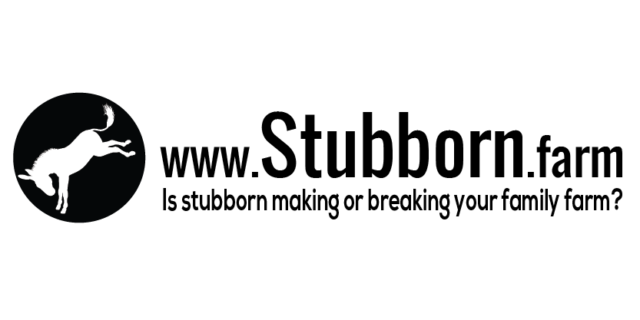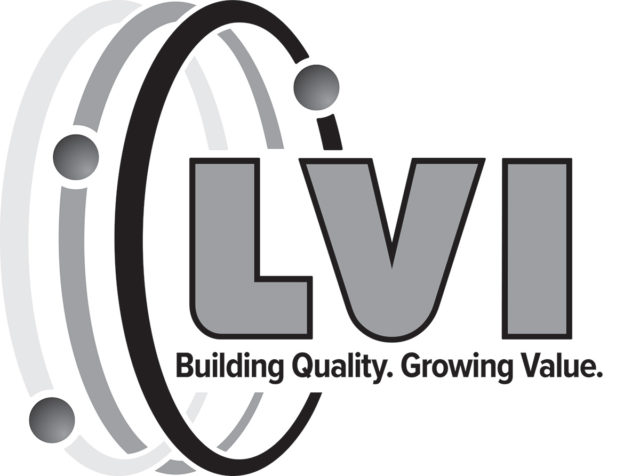Alan Clark Verona, Wisconsin Executive Director Wisconsin Livestock Identification Consortium
What education are you bringing with you to this position?
I have two official degrees: an associate's degree in animal husbandry from Sierra College in Rocklin, California, and a bachelor's degree in animal science from Colorado State University in Fort Collins.
Please describe your agricultural background.
I grew up in western Colorado in the country with farming and ranching all around. While my parents were not in agriculture, a man that was like my grandfather, who lived about a mile down the road, ran beef cattle and had irrigated pastures.
I spent much time on his farm while I was growing up and learned the principles of agriculture: hard work, proper animal husbandry practices, animal health and nutrition, pasture management and much about ag and family values.
What territory will you cover?
My main focus will be within the state of Wisconsin. I will also keep in touch with national and world events regarding livestock identification and traceability.
What are your new responsibilities?
As executive director, I am responsible for everything that occurs in our organization.
- I am focused on building relationships with producers and producer groups, industry companies and government entities.
- I look at our marketing and outreach efforts and factor out our budgets.
- I strive to help our staff stay current and expand their capabilities.
- I drive our future planning for creating better efficiencies in our systems and our vision and mission for expansion of our business to enhance the marketability of Wisconsin livestock products.
What previous positions have you held?
I have worked as a regional accounts manager for Summit Biotechnology, which was a company that sold Fetal Bovine Serum (FBS) to labs that engage in cell and tissue culture. This culturing was used often in cancer and AIDS research and many other areas.
Prior to my arrival at WLIC, I worked with Optibrand Ltd, LLC for about eight and a half years, leaving the company as the vice president of operations. Optibrand brought retinal imaging to the market for livestock identification and traceability. Also another portable camera system was created to work in the veterinary industry with companion animals for the purpose of disease diagnosis and wellness exams.
What excites you most about working in your new role?
I am very excited to work with producers and their associations to shore up and protect all of the agriculture efforts that go on each and every day and that have been going on for generations.
How will you be of most help to dairy producers in your region or area of expertise?
By continuing to build upon all the work that has been conducted prior to my time here at WLIC with crafting a system that starts with premises registration and looks at protecting livestock species, markets and response to disease outbreaks.
This translates into me getting to know producers and their associations and what the big challenges are and how we can work to together to create a strong system that will anticipate future developments and hopefully additional distribution channels for the agriculture products produced here in Wisconsin.
Why did you choose this company?
I felt that there was a unique opportunity to work in Wisconsin where there was support from government, industry and producers to be proactive in building systems to enable traceability for agricultural products that potentially could open new markets and speed the return to marketplace after disease occurrences.
What goals would you like to accomplish while in this position?
I would like to continue our efforts in outreach and education and to be the expert source on technology and traceability for agriculture. We can continue to show the benefits of these [technological] systems in an ever-changing marketplace that reaches outside Wisconsin and even outside the U.S. The end goal is to be as competitive as possible, in as many different markets as possible. PD




